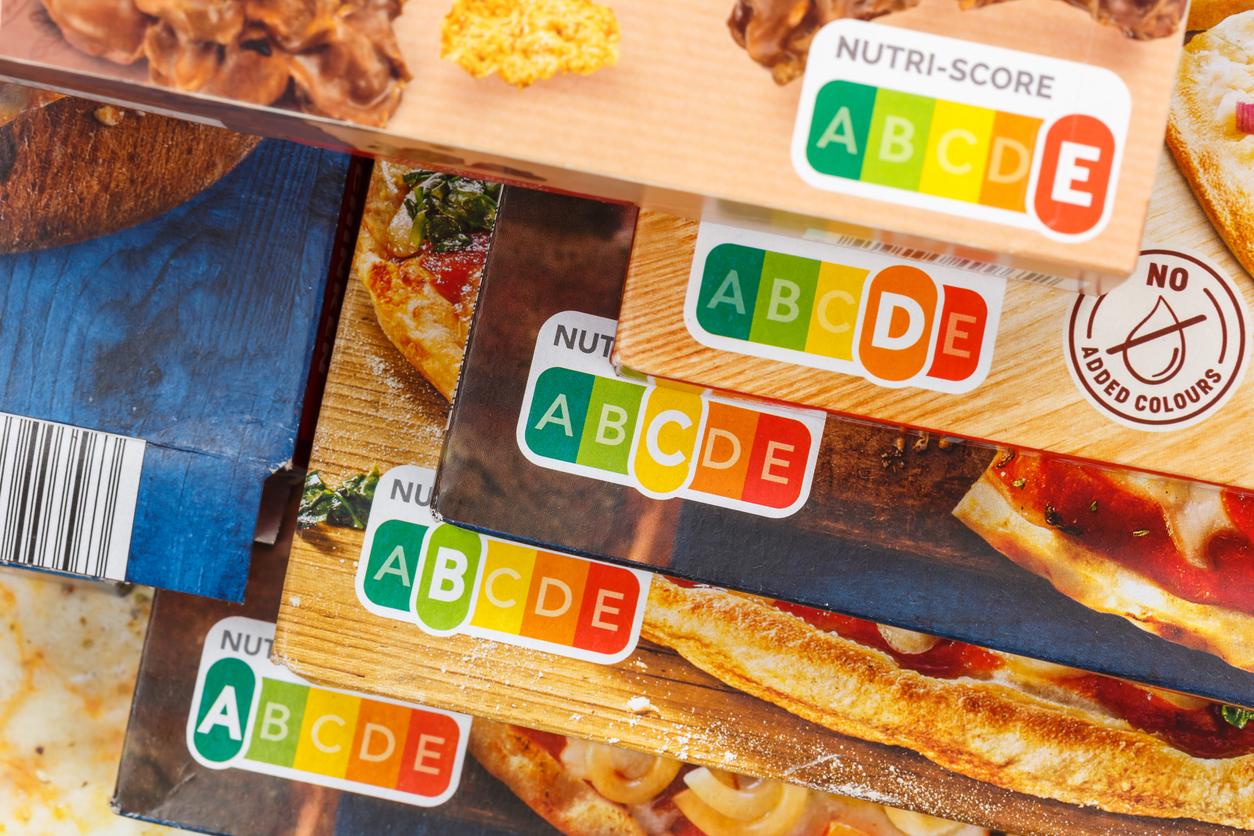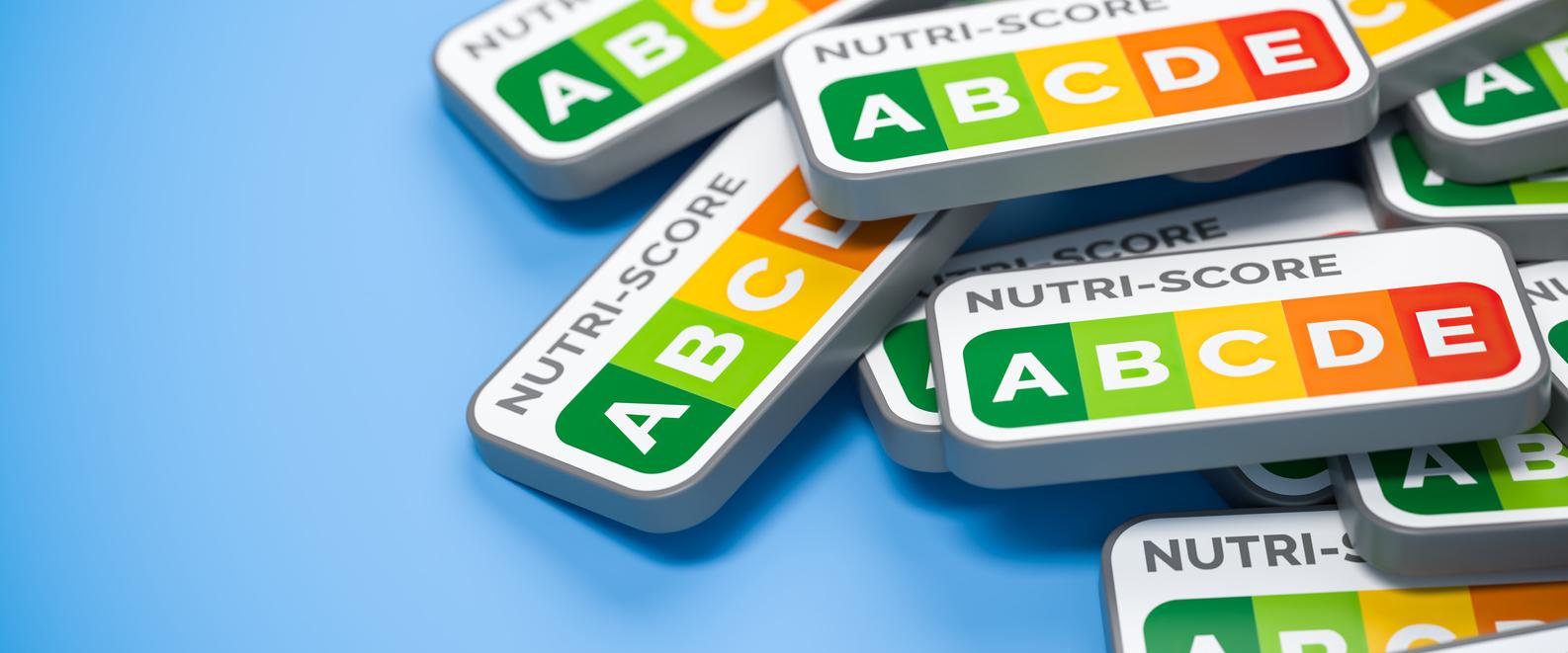The Nutri-score will evolve from 2023. The food product rating system will be improved to better guide consumers.

- The Nutri-score was implemented in 2017 as part of the 2016 health system modernization law.
- When a manufacturer adopts the Nutri-score, it must display it on all its products.
We refer to it more and more when we go shopping: the Nutri-score. These small colored letters, classified from green A – the best grade – to red E, indicate the quality of a food according to its nutritional composition. Products classified E are therefore more fatty, sweet and/or salty… This does not mean that they should no longer be eaten, but rather that they should be consumed in moderation.
Nutrition: modification of the scoring system in 2023
“This score reflects, for 100 grams or 100 milliliters of product, the balance between the content of positive elements contained in this product (fibers, proteins, fruits, vegetables, legumes, nuts, rapeseed, walnut and olive oil ) as well as its negative points (calories, saturated fatty acid (SFA), simple sugar and salt content)”, explains Professor Serge Hercberg, questioned by Le Figaro, whose research team developed the algorithm responsible for calculating the Nutri-score.
The evolution of this scoring system will change in 2023. This should include the latest nutritional recommendations. “It was planned since its establishment that every three years the scientific committee in charge of Nutri-score updates proposes improvements so that it is better aligned with public health recommendations.”, points out Serge Hercberg.
A lower ranking for fatty, sweet, salty and processed products
In 2023, the ratings should therefore be more severe with sugary foods, in particular cereals for breakfast, those which contain bad fat but also red and processed meats.
Other products in the viewfinder: those containing a lot of salt – which will be rated either D or E -, but also ready-to-eat industrial dishes, which will go from A/B today to a rating between B – at best – and D in 2023. Finally, the content of added sugars will be taken into account in the evaluation of dairy products.
Higher Nutri-score scores for certain foods
Oily fish without additions, wholemeal breads, rapeseed, olive or nut oils… Certain foods that contain fibre, good fats or are low in salt should, on the other hand, be rated higher. Emmental, for example, could go from a D to a C grade because it does not contain a lot of salt. Still with a view to improving the Nutri-score, other proposals are currently being studied, such as surrounding the logo with a black band to indicate whether a product is ultra-processed or even the establishment of a new classification for drinks containing sweeteners.
In France, displaying the Nutri-score is not compulsory. “When the Nutri-score was implemented in October 2017, there were only six companies that immediately adopted it, develops Serge Hercberg. Today we are talking about 875 companies, i.e. 60% of the food offer to which the consumer has access”. At European level, discussions are underway to introduce the same logo in all member countries. The Commission is expected to issue a decision in 2023, which will come into force if the European Parliament votes in favor. Currently, in addition to France, only six countries have adopted the Nutri-score: Germany, the Netherlands, Spain, Luxembourg, Belgium and Switzerland.
















